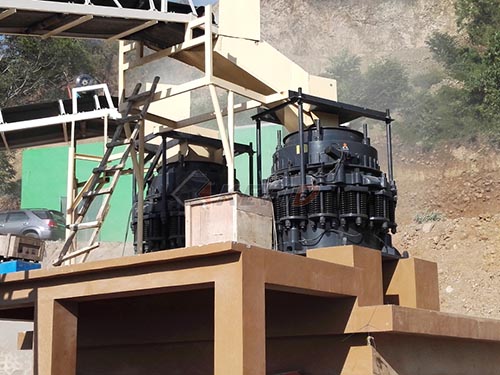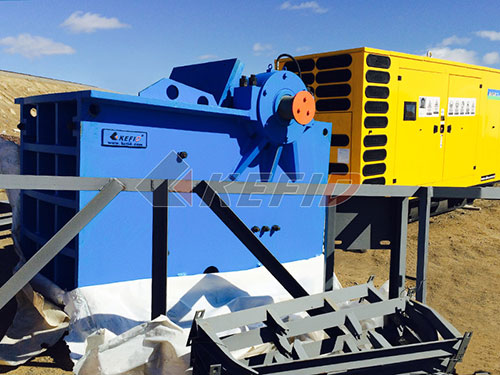The Timeless Allure of the Old Fashion Berry Crusher: More Than Just a Kitchen Tool
The first rays of dawn barely crest the horizon, painting the dew-laden berry patch in hues of gold and rose. Fingers, chilled and stained with promise, pluck plump raspberries, darkly gleaming blackberries, or perhaps tart red currants from their stems. This bounty holds potential – visions of jewel-toned jams shimmering in jars, vibrant pies cooling on windowsills, or perhaps the base for a summer cordial. But transforming these delicate fruits requires more than just intention; it demands a specific kind of alchemy, one best initiated by an often-overlooked champion: The Old Fashion Berry Crusher.
Far removed from the whirring blades and pulsing motors that dominate modern kitchens, this simple tool represents a different philosophy – one rooted in patience, tactile connection, and respect for raw ingredients. It’s not merely about breaking fruit; it’s about coaxing out flavour while preserving character.
A Journey Through Time: From Stone to Cast Iron

The desire to process soft fruits is ancient. Early methods were undoubtedly rudimentary – crushing berries by hand against coarse stones or grinding them with pestles in wooden mortars. These were effective but laborious processes suited to small quantities.
The Industrial Revolution brought innovation to food preparation tools alongside factories and steam engines. Enterprising manufacturers began crafting dedicated fruit crushers from durable materials like cast iron and wood during the late 18th and throughout the 19th century. These weren’t complex machines; they leveraged fundamental mechanics – primarily leverage and pressure – to achieve their task efficiently.
These early crushers often featured a sturdy wooden frame or base supporting a hopper (the receptacle where fruit was placed). Inside this hopper sat one or sometimes two rollers made from dense hardwoods like maple or beech initially, later replaced by incredibly durable cast iron for longevity and ease of cleaning. A large hand crank was attached via gears or directly to these rollers.

As the crank was turned (often requiring significant effort for larger volumes), fruit fed into the hopper would be drawn down between the turning rollers. The gap between these rollers could sometimes be adjusted using simple screws or wedges – wider for juicier berries intended more for juice extraction with minimal seeds/pulp passing through (like grapes for wine), narrower for crushing berries thoroughly for jam-making where retaining some texture was desirable but seeds needed breaking down somewhat.
The crushed pulp and juice would then fall through gaps beneath

Leave a Reply